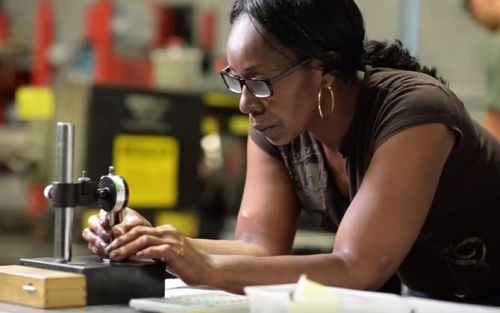A Virtual Approach to CNC Training
One way to take the fear of crashing an expensive machine out of CNC training is by using simulation software that features programming methods actually used on the shop floor.
Share






One of the best things about using a CNC simulator during training is that it removes the fear of crashing an expensive machine, enabling students to gain confidence as they develop new skills. That’s the approach taken by (MTS) LLC of Longwood, Florida, a software provider of training for CNC manufacturing companies and educational institutions. Whether conducted at a site of the customer’s choosing or at the MTS Training Center, classes contain knowledge-based exercises, video, and interactive labs and simulators to engage students and reinforce key concepts.
According to President Al Stimac, a key feature of the MTS system is that the programming methods and techniques used during the simulation training are identical to those in production machine shops. Led by industry experts, classes can be customized to meet a company’s needs, targeting areas such as:
- CNC simulation of multi-channel, Swiss-type CNC lathes (10 axes in three channels with axis superimposition)
- CNC simulation of complete machining on lathes and mill-turn centers (seven axes)
- Programming and simulation of multi-spindle CNC machine tools (24 or more axes in eight channels)
- Universal machining cycles for turning and milling
- CNC simulation for five-axis turn-mills
for an overview of the program.
Related Content
-
Building Machines and Apprenticeships In-House: 5-Axis Live
Universal machines were the main draw of Grob’s 5-Axis Live — though the company’s apprenticeship and support proved equally impressive.
-
Workholding Fixtures Save Over 4,500 Hours of Labor Annually
All World Machinery Supply designs each fixture to minimize the number of operations, resulting in reduced handling and idle spindle time.
-
Addressing the Manufacturing Labor Shortage Needs to Start Here
Student-run businesses focused on technical training for the trades are taking root across the U.S. Can we — should we — leverage their regional successes into a nationwide platform?












